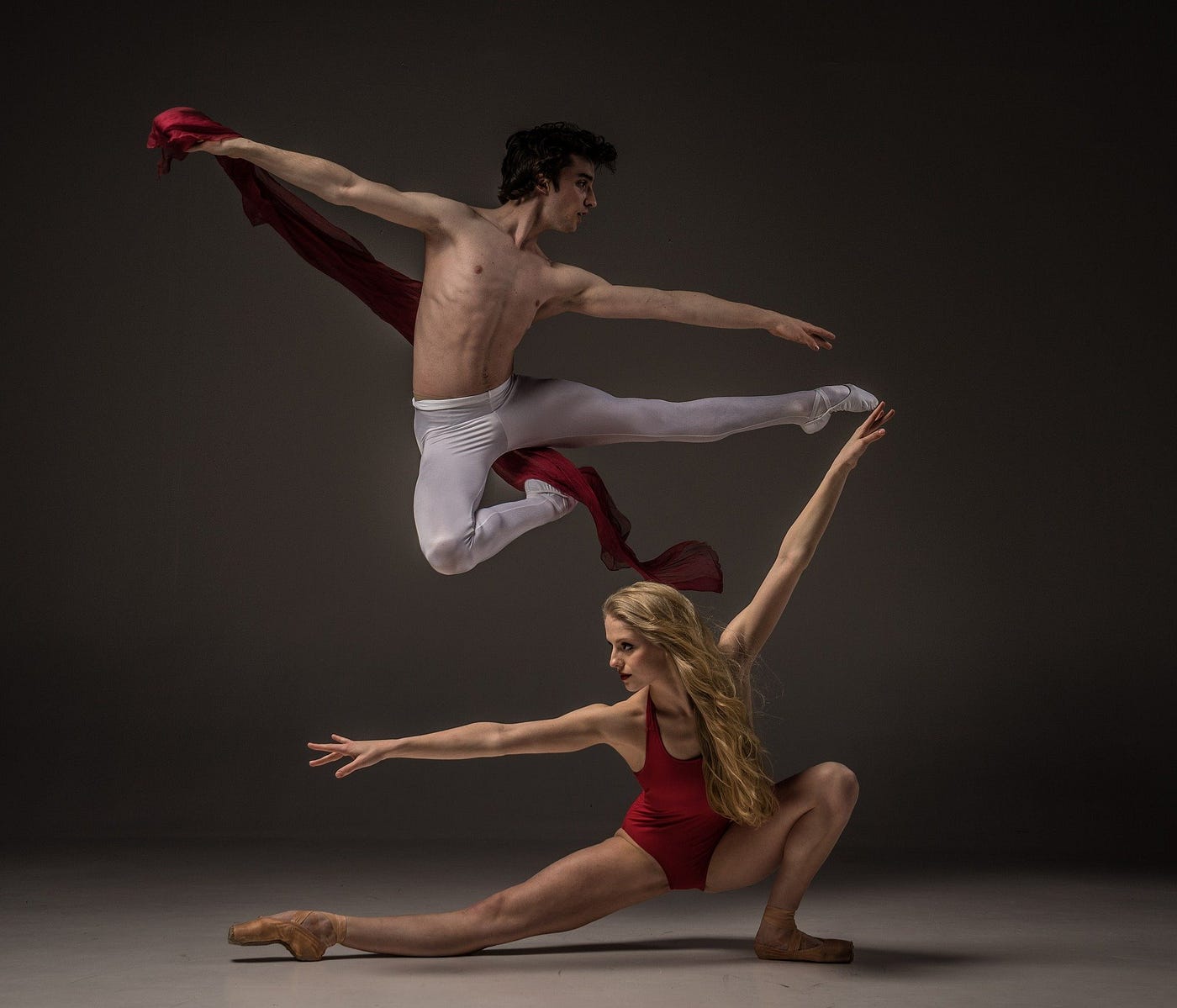
Contemporary dance is a captivating art form that has evolved over the years, blending various styles and techniques to create a unique and expressive movement vocabulary. It is a dynamic and versatile genre that pushes boundaries, challenges traditional norms, and embraces individual creativity. As we delve into the world of contemporary dance, it's essential to understand its rich history, the key elements that define it, and the impact it has had on the performing arts landscape. In this article, we'll uncover eight fascinating facts about contemporary dance, shedding light on its significance, innovation, and influence. From its roots in the 20th century to its modern-day interpretations, contemporary dance continues to captivate audiences and inspire dancers worldwide. Let's embark on a journey to explore the essence of contemporary dance and gain a deeper appreciation for this expressive and ever-evolving art form.
Key Takeaways:
- Contemporary dance is a modern and expressive art form that encourages creativity and challenges traditional norms, making it a vibrant and relevant medium for conveying emotions and societal reflections through movement.
- With its emphasis on collaboration, personal interpretation, and innovation, contemporary dance continues to evolve and captivate audiences worldwide, offering a rich and diverse landscape for artistic exploration and storytelling.
Contemporary Dance is a Modern Art Form
Contemporary dance is a modern form of expressive dance that allows artists to explore movement in innovative and unconventional ways. This dance style emerged in the mid-20th century and continues to evolve, incorporating elements from various dance genres and artistic influences.
It Emphasizes Expressiveness and Creativity
Contemporary dance places a strong emphasis on self-expression and individual creativity. Dancers are encouraged to convey emotions and tell stories through their movements, often challenging traditional dance techniques and conventions.
It Incorporates a Wide Range of Movements
Unlike classical dance forms, contemporary dance incorporates a diverse range of movements, including floor work, improvisation, and elements of ballet and jazz. This versatility allows dancers to explore a broad spectrum of physical expression.
Contemporary Dance Is Often Collaborative
Many contemporary dance performances involve collaboration between choreographers, dancers, composers, and visual artists. This collaborative approach fosters a dynamic and multidisciplinary creative process, resulting in innovative and thought-provoking productions.
It Challenges Traditional Dance Norms
Contemporary dance often challenges traditional dance norms by pushing boundaries and redefining the concept of dance. This innovative approach encourages dancers to explore new techniques and concepts, leading to groundbreaking artistic expressions.
It Is Rooted in Personal Interpretation
Contemporary dance encourages dancers to interpret and express their personal experiences, emotions, and perspectives through movement. This deeply personal approach adds a profound and authentic dimension to the art form.
It Is Influenced by Social and Cultural Trends
Contemporary dance is influenced by social and cultural trends, reflecting the ever-changing world around us. Choreographers often draw inspiration from current events, societal issues, and cultural movements, infusing their work with relevance and depth.
It Continues to Evolve and Innovate
As a dynamic and progressive art form, contemporary dance continues to evolve, embracing new ideas, technologies, and artistic influences. This ongoing evolution ensures that contemporary dance remains a vibrant and relevant form of artistic expression.
Contemporary dance is a captivating and dynamic art form that continues to captivate audiences worldwide. With its emphasis on creativity, expressiveness, and innovation, this dance style offers a rich and diverse landscape for artistic exploration and interpretation. Whether through collaborative performances or individual expressions, contemporary dance serves as a powerful medium for conveying emotions, stories, and societal reflections through the language of movement. As it continues to evolve and push boundaries, contemporary dance remains a vital and influential force in the world of performing arts, inspiring both dancers and audiences alike.
Conclusion
Contemporary dance is a captivating art form that continues to evolve and inspire audiences worldwide. Its fluidity, expressiveness, and ability to push boundaries make it a dynamic and influential genre within the performing arts. As we've delved into the eight essential facts about contemporary dance, it's evident that this genre is a fusion of creativity, emotion, and innovation. Whether you're a seasoned dance enthusiast or a newcomer to the world of movement, understanding these key aspects of contemporary dance can deepen your appreciation for its beauty and significance. Embrace the diversity, freedom, and artistic expression that contemporary dance embodies, and allow yourself to be swept away by its mesmerizing allure.
FAQs
What makes contemporary dance different from other dance styles?Contemporary dance sets itself apart through its emphasis on self-expression, versatility, and fluidity. Unlike traditional dance forms, it encourages dancers to explore their emotions and movements freely, often incorporating elements from various styles.
Is contemporary dance suitable for beginners?Yes, contemporary dance welcomes individuals of all skill levels. Its focus on personal interpretation and creativity allows beginners to explore and express themselves through movement, making it an inclusive and accessible art form for all.
Contemporary dance's impact on modern culture is undeniable, but there's so much more to explore in the world of dance. From the elegant turns of the waltz to the quick steps of the foxtrot, each style has its own unique history and techniques. And let's not forget about the lively leaps and bounds of the gigue! Whether you're a seasoned dancer or simply appreciate the art form, learning more about these classic styles will give you a deeper understanding of dance's rich tapestry. So why not take a spin through our other articles and expand your dance knowledge today?
Was this page helpful?
Our commitment to delivering trustworthy and engaging content is at the heart of what we do. Each fact on our site is contributed by real users like you, bringing a wealth of diverse insights and information. To ensure the highest standards of accuracy and reliability, our dedicated editors meticulously review each submission. This process guarantees that the facts we share are not only fascinating but also credible. Trust in our commitment to quality and authenticity as you explore and learn with us.
